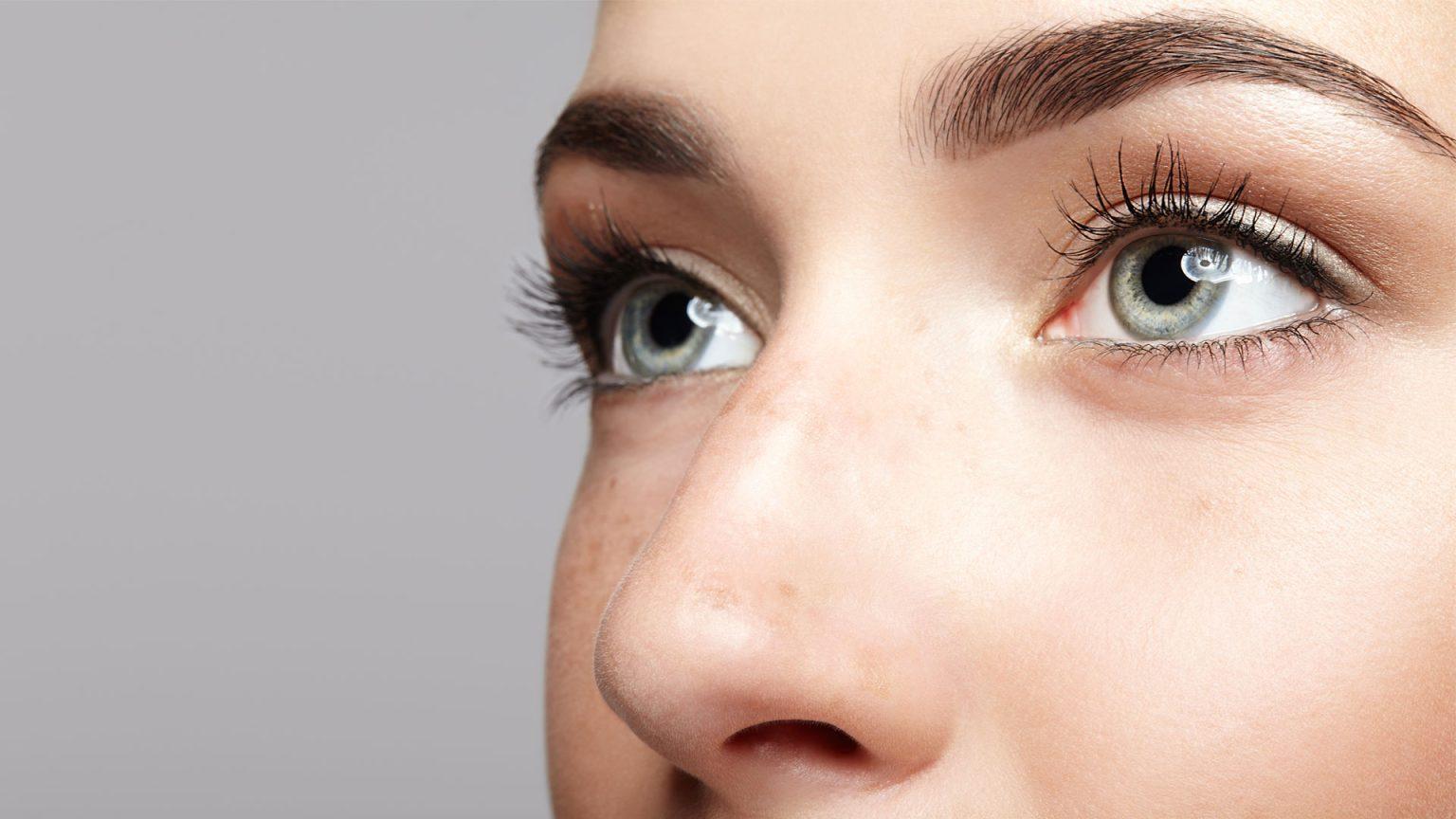What is Amblyopia
Amblyopia symptoms are common and well documented. Also known as ‘lazy eye’, amblyopia is an eyesight condition which occurs when one or both eyes struggle to build a strong link with the brain. In a healthy eye, light is focused through the eye upon the retina. The cells in this part of the eye then initiate signals which move throughout the optic nerve and into the brain, allowing us to see clear images. Patients suffering from amblyopia, however, experience failure in one of the eye’s communications with the brain. This means that the brain favours one eye over the other, meaning that reduced vision occurs in one eye.
The causes of amblyopia are not clearly defined. However, it is generally accepted that the condition can occur as a result of several conditions which may impact upon vision-focussing during very early childhood. These conditions may include improper alignment of the eyes, an irregular shape of the eyes, one eye being more short-sighted or long-sighted than the other, or a misty or cloudy effect in the eye’s lens.
Whilst the underlying cause of amblyopia can often be fixed, it is important to note that the optic mechanism also involves the brain. This means that vision isn’t restored immediately, and in many cases cannot be restored to a normal level. This fact again highlights the importance of regular eye tests, with more regularity required in children aged 4-5.
Cathedral Eye Clinic offer a range of surgeries and other treatments to treat a variety of conditions, including amblyopia. Each treatment comes with a range of payment plans to suit every budget.
Amblyopia Symptoms
Amblyopia, or ‘lazy eye’, can be a difficult eyesight condition to detect. The condition can be detected with eye exams. However, amblyopia symptoms generally include, but are not limited to:
- Depth perception issues: Patients suffering from amblyopia frequently report issues around the perception of depth in their vision.
- ‘Wandering’ eye: Amblyopia patients may present with an eye that appears to look disproportionately inward or outward.
- Squinting: Patients frequently squint when struggling to see properly with amblyopia. This may be accompanied with the shutting of an eye or tilting of the head.
Amblyopia Causes
Put simply, amblyopia symptoms or lazy eye occurs due to adverse visual experiences in early childhood which alter the nervous system pathways between the retina and the brain. Patients suffering from amblyopia receive fewer and weaker signals, leading to a diminished ability of the eye to receive essential visual signals. When untreated or ignored for a significant period of time, the brain eventually begins to ignore any input received from the weaker eye.
As previously mentioned, amblyopia causes are varying in nature. However, the most common amblyopia causes are:
- Strabismus (muscle imbalance): This is one of the most common causes of amblyopia, and causes a muscular imbalance when positioning the eyes. Such an imbalance can form the physical signs of the condition (eyes crossed inwards or turned out, frustrating the eye’s combined ability to track subjects together).
- Refractive anisometropia: This causes a contrasting difference in the sharpness of vision between both eyes, making one eye stronger than the other. Any significant differences in eye prescriptions can encourage the development of amblyopia (prescription glasses or corrective contact lenses can, in the majority of cases, correct this vision issue).
- Deprivation: When patients experience vision issues in only one eye (for example, a cataract), vision can be deprived in the other, stronger eye. If the patient is an infant or in early childhood, immediate treatment is required to reduce any possibility of permanent vision loss. Indeed, deprivation amblyopia is recognised as the most severe form of the condition.
Amblyopia Treatment
Amblyopia treatment is most successful when diagnosed early. In any case, treatment of the condition will first seek to deal with underlying eye problems.
- Underlying issues: Young patients suffering from anisometropia (unequal vision) are often unaware of amblyopia due to the presence of a stronger eye. However, if untreated, the weaker eye gradually worsens, fostering the development of amblyopia.
- Glasses: Eye specialists may recommend prescription glasses to monitor the improvement of an eye affected by amblyopia. In some cases, glasses can solve amblyopia (children often complain that their vision is better without the glasses. However, they must still be worn to combat the condition).
- Cataract surgery: In cases where amblyopia is caused by a cataract, cataract surgery may effectively deal with the problem.
Treatment paths will then normally progress towards getting the affected eye to function properly:
- Occlusion therapy: This is carried out by placing a patch over the ‘good’ eye, forcing the eye affected by amblyopia to work. Whilst occlusion therapy cannot correct eye-turns, they can dramatically improve the quality of a patient’s vision. This is normally worn for a few hours of each day.
- Atropine eye drops: Atropine eye drops are used to create a blur in the unaffected eye, making the affected eye work harder. This is a less invasive alternative to occlusion therapy.
- Visual exercises: A useful treatment method for children, weaker eyes can be forced to work harder by playing games which involve keeping the unaffected eye covered.
Amblyopia Risk Factors
Amblyopia primarily occurs in children and can be developed in infancy. However, risk factors generally associated with the condition include:
- Premature birth
- Family history of amblyopia
- Development disability
- Small size at birth
Learn about more common eye conditions such as Glaucoma and Astigmatism with Cathedral Eye Clinic.
Bring your world into focus. To hear more about our treatments, our free suitability assessments or to book a consultation, get in touch with Cathedral Eye Clinic today.








